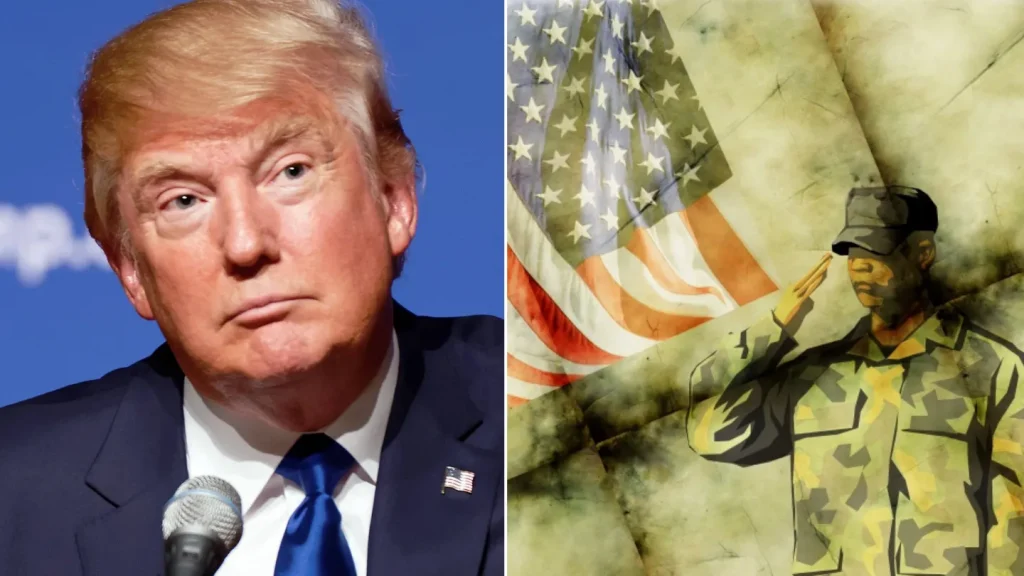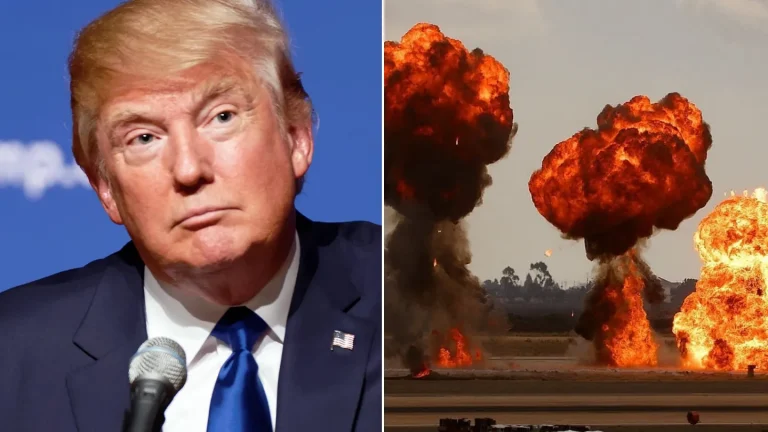As global tensions reach a boiling point, particularly following military operations in the Middle East, many are questioning the likelihood of the U.S. being drawn into World War III. With the prospect of a major conflict becoming increasingly real, the focus has shifted to who would be called to serve in the event of a draft, and who could potentially avoid military service.
On June 21, President Donald Trump announced a military operation targeting Iran’s nuclear infrastructure. The attack on three key sites Fordow, Natanz, and Esfahan raised concerns about further escalation. Trump praised the operation on social media, claiming,
“We have completed our very successful attack on the three Nuclear sites in Iran,”
while warning of even greater retaliation if Iran responded.
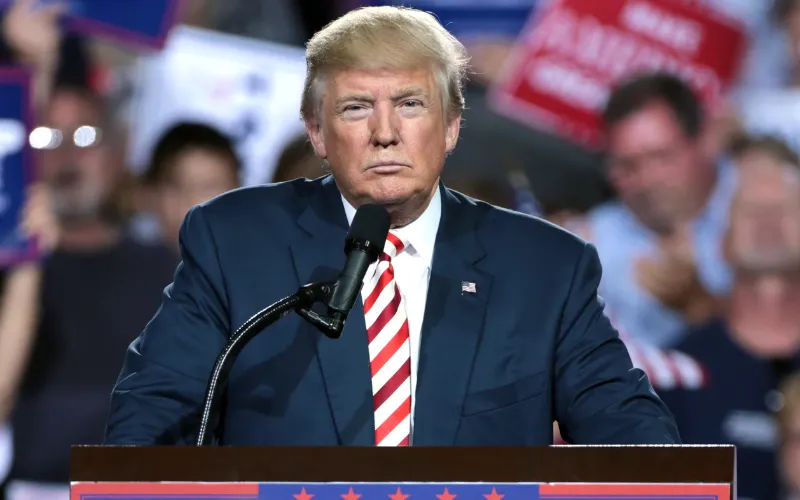
In the wake of such developments, the question of whether the U.S. might reinstate the draft has resurfaced. The Selective Service System (SSS), active since 1917, has historically been used to call citizens to military service during wartime. Most notably, during the Vietnam War, the U.S. drafted nearly 2 million people to serve in the military.
Currently, U.S. law mandates that all male citizens and residents between the ages of 18 and 25 must register with the Selective Service. However, registration does not guarantee a draft. In fact, exemptions and deferments exist that could keep some Americans safe from being called to serve.
One of the most notable exemptions is for conscientious objectors. Individuals who oppose war based on moral or religious beliefs. These citizens may apply for alternative service roles, contributing to the national effort in non-combat capacities. For example, some conscientious objectors are assigned to work in healthcare or community service instead of the military.

Another significant exemption is for those deemed physically or mentally unfit for military service. These individuals are classified as 4-F, which effectively removes them from consideration for the draft. Medical and psychological evaluations are conducted to determine fitness, and those who fail these assessments are excluded from active duty.
Additionally, sole surviving sons those who are the last surviving son in a family, May be granted deferments if they are the only remaining child. If their service would leave the family without a male heir, they may be allowed to delay or avoid service.
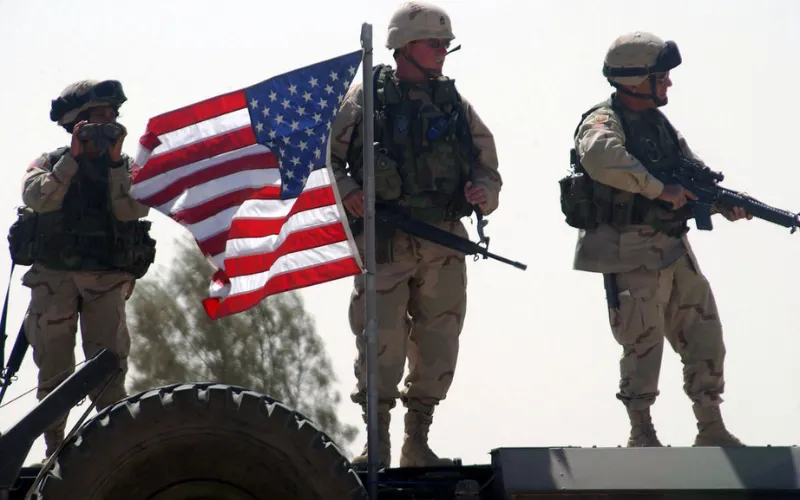
The U.S. government also recognizes the importance of critical industries in national security. Therefore, individuals employed in essential occupations, such as healthcare workers, agricultural workers, and other key professionals, may be exempt or deferred from the draft. The idea is to ensure that crucial services continue during times of national crisis, even if the country is at war.
While these exemptions and deferments provide safety for some, others may still be required to serve. The draft process begins with 20-year-olds and works through various age groups, depending on the needs of the military. Those deemed fit for service undergo training and are sent to fulfill their duties in the armed forces.
Given the uncertainty surrounding the potential for war, many Americans are seeking ways to stay safe if global conflict erupts. A “Doomsday Map,” compiled by experts, identifies 12 regions of the world that are considered relatively safe in the event of global war. Among these regions are Iceland, New Zealand, and Switzerland—countries known for their neutrality, remoteness, and minimal strategic importance.
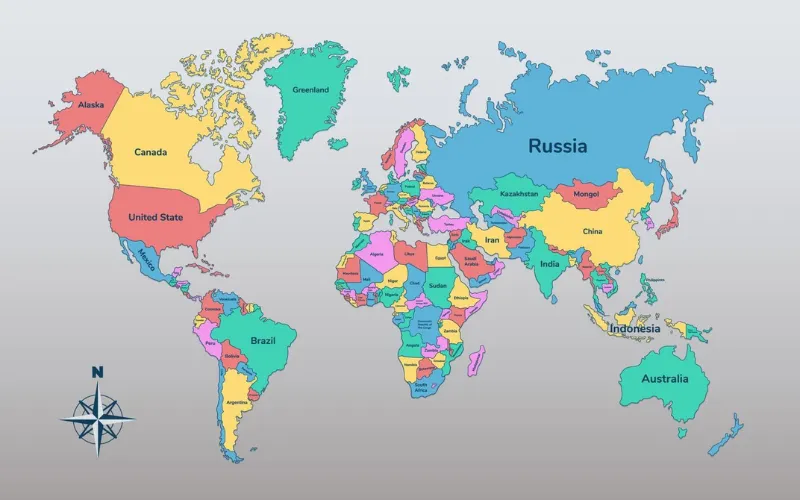
Though these places may offer theoretical safety, the reality of global war is unpredictable. As tensions continue to rise in regions like the Middle East, many are left wondering what their fate would be if a draft were reinstated. While certain exemptions, such as conscientious objector status, medical disqualifications, or employment in essential industries, could protect some from military service, the reality remains that anyone who is registered could still face the call to serve in a time of war.
As global instability increases, it’s vital for citizens to understand the exemptions and deferments available to them. Whether through moral objections, medical issues, or essential work status, some individuals may find themselves safe from the draft. However, the future remains uncertain, and as the world stands on the edge of a potential global conflict, many are left wondering if they too could be called to serve or find refuge from the draft.
Featured image credit: (Facebook)

